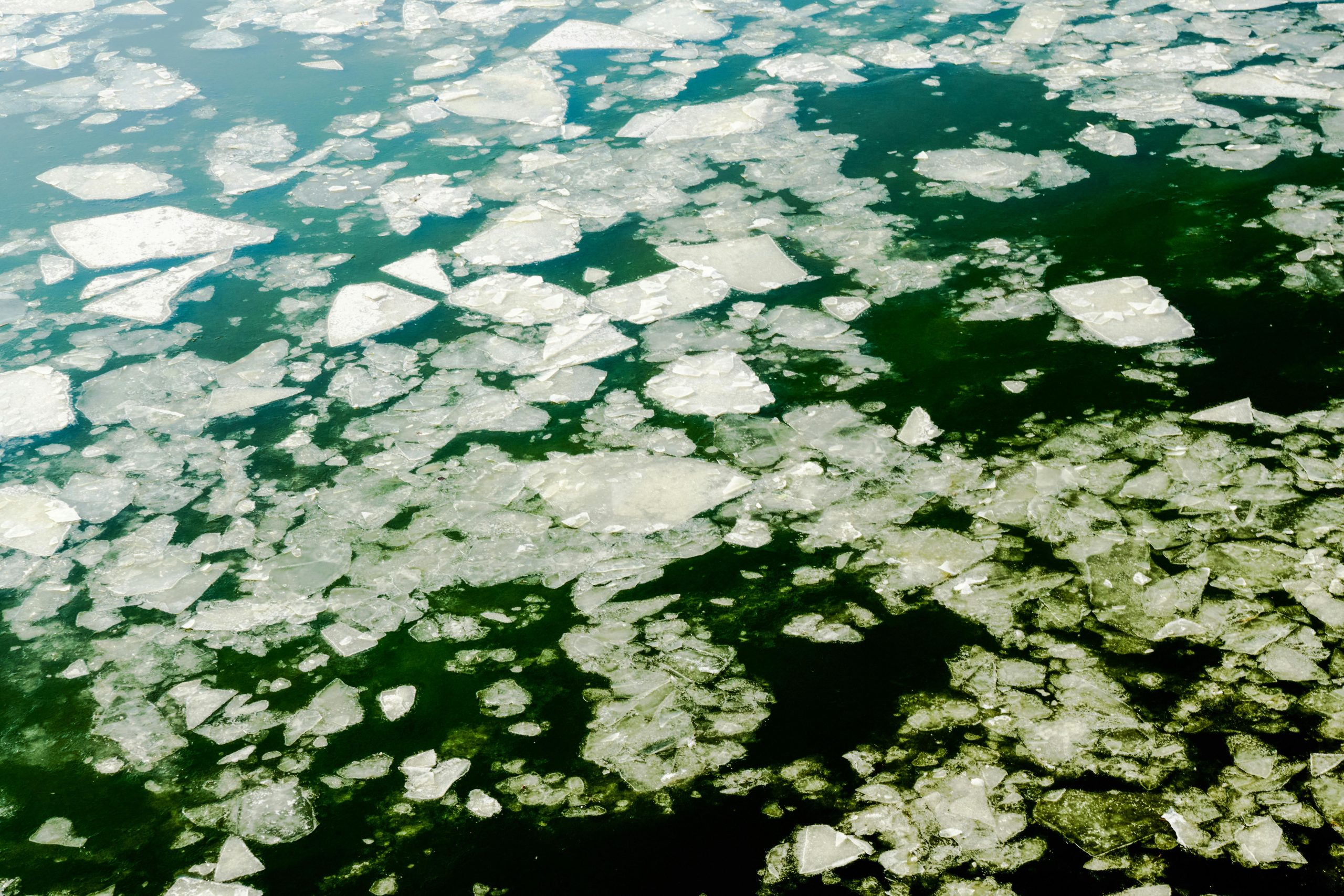Climate Change Litigation: Global Legal Strategies for Environmental Protection
Climate change is one of the most pressing issues of our time. The devastating impacts of rising global temperatures, extreme weather events, and sea level rise are becoming increasingly apparent. As a result, there has been a growing recognition of the urgent need for action to address climate change. While government policies and regulations play a crucial role in mitigating and adapting to climate change, there is also a growing trend of using litigation to hold corporations and governments accountable for their contribution to the crisis. This article will explore the global legal strategies being used in the fight against climate change, with a focus on environmental protection.
The Role of Litigation in Addressing Climate Change
Climate change litigation involves using legal action to bring about environmental change. This can range from lawsuits against government agencies for failing to properly regulate greenhouse gas emissions, to cases against fossil fuel companies for their contribution to climate change. The role of litigation in addressing climate change has been growing in recent years, as citizens and advocacy groups recognize its potential to hold powerful entities accountable for their actions.
Rising Numbers of Climate Change Lawsuits
The number of climate change lawsuits has been steadily increasing over the years. According to the Climate Change Litigation Database, there have been over 1,500 climate change-related cases filed worldwide since 1986. In the last decade alone, the number of cases has more than tripled, with the majority being filed in the United States and Europe. This trend is expected to continue as the impacts of climate change become more severe and public concern grows.
Types of Climate Change Lawsuits
Climate change lawsuits can take various forms, depending on the objective and target of the legal action. Some examples include:
Public Nuisance Lawsuits
These lawsuits are typically brought against companies or governments for their contribution to climate change, seeking to hold them accountable for the resulting damages. For instance, the city of New York has filed a lawsuit against five major oil companies for damages caused by climate change impacts such as increased flooding and damage to infrastructure. These types of lawsuits have faced challenges in court due to the nature of climate change being a global issue, but they have the potential to hold entities accountable for their role in exacerbating the crisis.
Corporate Disclosure Lawsuits
Some climate change lawsuits aim to increase the transparency of corporations regarding their actions and potential contributions to climate change. In these cases, shareholders or investors seek information on how corporations are managing their environmental impacts and whether they are taking adequate steps to mitigate climate change risks. This can ultimately result in increased pressure on these companies to adopt more sustainable practices.
Impact Litigation
Impact litigation refers to legal action taken against governments or industries to enforce environmental laws and regulations, or to compel them to take action on climate change. These lawsuits often focus on specific projects or policies with significant environmental impacts, such as coal mining or oil drilling. Impact litigation can also be used to push for stronger climate policies and regulations, as seen in the landmark Urgenda case in the Netherlands where a court ordered the Dutch government to cut its greenhouse gas emissions by at least 25% by 2020.
The Global Impact of Climate Change Litigation
The rise of climate change litigation has significant implications at the global level. It has the potential to hold corporations and governments accountable for their contribution to climate change and to drive policy changes that could ultimately help mitigate its impacts. Additionally, successful lawsuits can set legal precedents that can be used in future cases, creating a domino effect of accountability.
Challenges and Limitations
Despite its potential, climate change litigation also faces several challenges and limitations. One of the main challenges is the difficulty of directly linking specific climate impacts to the actions of a particular company or government, making it challenging to prove causation in court. Additionally, there is often resistance from powerful industries and governments, resulting in lengthy and costly legal battles. There is also a risk of using litigation as a substitute for policy action, as it can be time-consuming and may not lead to the necessary systemic changes.
Conclusion
Climate change litigation is quickly becoming a key tool in the fight against climate change. It has the potential to hold powerful entities accountable for their actions, drive policy changes, and contribute to the global effort of mitigating and adapting to the impacts of climate change. As individuals and communities continue to demand action on climate change, litigation will likely play an increasingly significant role in driving progress towards a more sustainable future.











